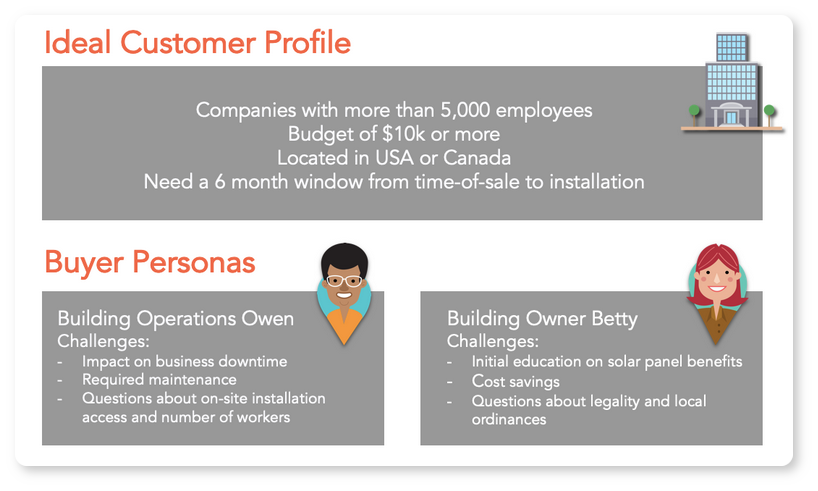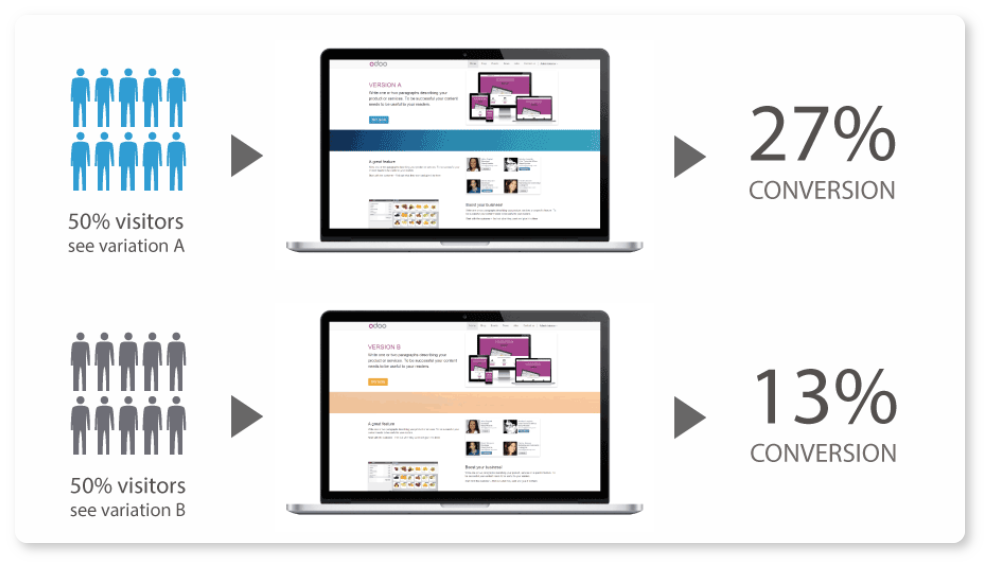Account-based selling
In the B2B market, it’s usually a group of people who decide on the purchase. On average, there are 5 to 7 decision-makers within a single organization. If you want to close the deal, you need to manage all these high-value accounts at once.
This where account-based selling comes in handy.
What is account-based selling?
Account-based selling (ABS) is a sales approach of treating the client organization as a market of one. This strategy evolved from account-based marketing, which is pretty much the same for key account management, with the only difference of bringing marketing and sales strategic collaboration to the fore.
The account-based selling model implies a cross-department collaboration. In most cases, it refers solely to sales and marketing, but comprehensive ABS requires production, R&D, finances, and executives involvement as well.
How to set up an account-based sales model?
A well-designed ABS model takes time but always pays off. It covers 4 strategically important areas:
1. Ideal Customer Profile
The ideal customer profile refers to your company’s most valuable client (company, not a person!), either potential or already existing one. This term is a counterpart to buyer persona, although the latter is more relevant in the B2C market.

In ABS, buyer personas may be developed to describe individual stakeholders that make up your ICP.
Coming up with an ideal customer profile is tricky, as it consumes time and money to get corporate processes on track. And if you end up targeting the wrong profile, your business would miss a lot.
You can define your ICP with the 5 input-data flows:
Experts’ pieces of advice.
Sales reps who contact clients directly know them like no one else in your organization and have the most useful insights. When arranging a strategic session, make sure to invite all team members to prevent one-sided information.
Data from the internal CRM.
Corporate database management systems are a staunch ally of every business. If you want to come up with the ICP data, don’t request expensive market research. Simply start with inner CRM data instead.
Pay attention to major metrics, such as average sales, revenue, and profits in terms of different accounts. Analyze data, enhance it with meaningful insights, and the ICP masterplan will be in your hands.
After all, 74% of companies claim that CRM software is crucial for getting customers’ insights, so why don’t you try it out?
Firmographics & technographics.
Use firmographics to monitor leaders and outsiders. Consider clients’ revenue, financial performance, market share, stock price dynamics, etc. Analyze technographics to see what technologies your ICPs use: hardware, apps, systems, or platforms. This will help you segment your clients, ensure better personalization, and define the customer journey.
By the way, you can use various technology checker software to find what tech your prospective clients use. Snov.io has such a tool, too!

Trigger events.
Monitoring what happens on the client’s side is a good practice for those who strive for better customization. Noticed that your ideal customers are actively launching space shuttles? Well, perhaps it’s high time you consider manufacturing spaceship casing or spacesuits.
Calculated predictions.
What’s good about big data — it can be used to predict and forecast. Probability, game theory, mathematical modeling, econometrics — use these methods to process information and bring your ICP’s accuracy to the next level.
2. Customers’ stakeholders
Although ABS is all about selling to accounts, individual buyer personas or stakeholders within the client’s organization shouldn’t be neglected. Focus on them to timely prevent or reduce the number of unclosed deals.
3. Communication
Product development and selling require many people to be involved in the process at a time. Due to the information asymmetry, there is an out-of-sync threat within the ABS team. This, in turn, can go as far as misleading the client, in case the communication is carried out via several channels at a time.
4. Average sales cycle
If your sales are sporadic or one-off, implementing ABS may be ineffective due to one-time costs to launch all processes and hire executives.
Account-based selling metrics
ABS is powerful only if it works out and brings results — the revenue. When assessing its efficiency, keep in mind the following metrics:
1. Engagement rate
This can either be measured regarding advertising or selling activities. For example, if you conduct A/B testing for a website’s content, engagement can be calculated as the number of new users who have clicked on the CTA.

2. CTR
The click-through rate metric is most relevant in digital marketing campaigns. It’s calculated as the ratio of the number of clicks to the overall number of impressions. The better you identify the company’s ICP, the finer targeting will be. The better you target, the higher the CTR. It’s simple.
3. ASP
The average selling price metric makes sense if comparing two or more accounts to each other. Calculate ASP for established deals and disclose what ICPs bring the most profit. Use this information to fill in gaps or prioritizing. Think as a waiter: focus on the most promising tables and spread the remaining time between “just tea, please” clients.
4. Conversions
How many physical purchases did you get from promotion expenses? The conversion rate is the ultimate proof that the ABS strategy has worked out. If you hired a Hollywood director to film the YouTube ad but got a tiny amount of purchases from target accounts who watched it, the strategy has failed.
5. Customer CLV
Converting the ideal customer requires both money and time. So, as soon as you do that, make sure you do everything to increase their average customer lifetime value through nurturing long-term customer relationships. Keep it under the radar: monitor competitors and trends, offer new services and be on-hand when it comes to meeting client’s needs.
6. Churn rate
Churn rate is the percentage of subscribers who discontinue their subscription to a service within a given time frame. For example, you know that 2 out of 10 clients cancel their subscription plan within 2 months after they buy it. A 2-month churn rate is hence 20%.
Normally, the audience growth rate exceeds its outflow. Otherwise, it’ll take years to get the payback.
Wrapping up
Account-based sales require extensive work with data. Plus, it might be troublesome when you try to establish cross-department cooperation for the first time. However, if you manage to get through the transition, you’ll get to the next level of the business approach. Besides, many competitors have already done it, so why not try it out?
















